Damascus – al-Madrasa al-Aadiliyeh دمشق – المدرسة العادلية
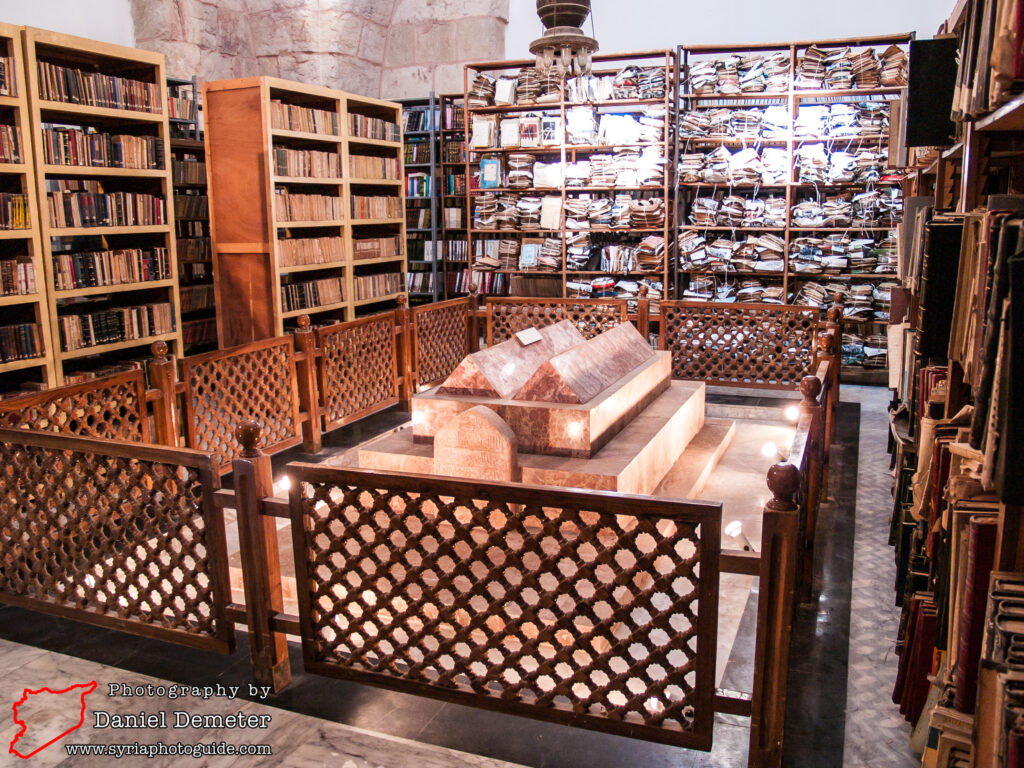
al-Madrasa al-Aadiliyeh (المدرسة العادلية) is an Ayyubid-era religious school named after al-Aadil Seif al-Din Abu Bakr Bin Ayoub (العادل سيف الدين أبو بكر بن أيوب), a prominent figure throughout the early Ayyubid period and a younger brother of Salah al-Din Yousef Bin Ayoub (صلاح الدين يوسف بن أيوب). Construction of the religious school began during the late Seljuq period (1172-1173), but it was not completed until fifty years later. al-Moazem Aisa Bin Ahmad (المعظم عيسى بن أحمد), a son of al-Aadil Seif al-Din (العادل سيف الدين), finished the project in 1222-1223 to serve as a mausoleum for his father. This was during the reign of al-Kamil Nasr al-Din Mohammed Bin al-Aadil (الكامل ناصر الدين محمد بن العادل), his elder brother.
Born in 1145, al-Aadil Seif al-Din (العادل سيف الدين) gained distinction as an officer in the army of Nur al-Din (نور الدين) during a campaign in Egypt in 1168-1169. Beginning in 1174 he would govern Egypt on behalf of Salah al-Din (صلاح الدين), mobilizing support for his older brother’s campaigns against the Crusaders in Syria. He also served as governor of Aleppo (ﺣﻠﺐ) from 1183-1186 and of the northern provinces from 1192-1193. After the death of Salah al-Din (صلاح الدين) in 1193, he became the governor of Damascus (دمشق). Power struggles over succession led to significant family infighting throughout the decade following the death of Salah al-Din (صلاح الدين). al-Aadil Seif al-Din (العادل سيف الدين) would emerge victorious, being proclaimed sultan in 1201.
al-Aadil Seif al-Din (العادل سيف الدين) ruled over Syria and Egypt for the nearly two decades, a period that was fairly prosperous for the Ayyubid state. He focused on consolidating power rather than expansion, avoiding confrontation with the Crusaders, and encouraging trade and commerce with the Europeans. He was responsible for major fortifications throughout the state, most notably the Damascus Citadel (قلعة دمشق). Renewed Crusader offensives beginning in 1217 forced al-Aadil Seif al-Din (العادل سيف الدين) to lead further military campaigns, and he died of illness the following year. He was succeeded by his son, al-Kamil (الكامل), but infighting left the Ayyubid state divided, with al-Kamil (الكامل) ruling over Egypt while Damascus (دمشق) remained contested.
al-Madrasa al-Aadiliyeh (المدرسة العادلية) is a rather austere structure, built from large limestone blocks with little noteworthy ornamentation on the façades. The exception is the entryway on the eastern façade, which features a large iwan extending nearly the full height of the structure. The iwan is topped by two stone vaults that culminate in a hanging keystone, dividing the iwan into two arches. The iwan is enclosed with two small stone muqarnas domes. A large doorway is framed by alternating black and white stone blocks, above which are stone-carved decorative features and a marble panel of Arabic inscriptions. The entry portal leads into a courtyard that measures eighteen by seventeen meters, featuring a square fountain in the center.
The general plan of al-Madrasa al-Aadiliyeh (المدرسة العادلية) is organized around this courtyard, with the prayer hall to the south and a large iwan to the north. The western side has been completely renovated in the last century, but originally consisted of a series of residential cells. It includes a staircase that leads to the second story of cells and smaller halls. The interior façades are also lacking in ornamentation, creating a tranquil environment. The mausoleum is located in the southeast corner of the structure, is arguably the most impressive feature of the building. It is covered with a dome raised on an octagonal base, supported on stone muqarnas pendentives. The mausoleum is also fairly restrained in decoration, following the style of the rest of the building. It features a mihrab similar to the one in the prayer hall. In addition to al-Aadil Seif al-Din (العادل سيف الدين), another of his sons, Mujber al-Din Yaqoub (مجبر الدين يعقوب), is also buried here.
al-Madrasa al-Aadiliyeh (المدرسة العادلية) was recently restored, but obtaining access can be challenging. Opening hours are often sporadic. Directly across from al-Madrasa al-Aadiliyeh (المدرسة العادلية), and also worth visiting, is al-Madrasa al-Zahiriyeh (المدرسة الظاهرية).
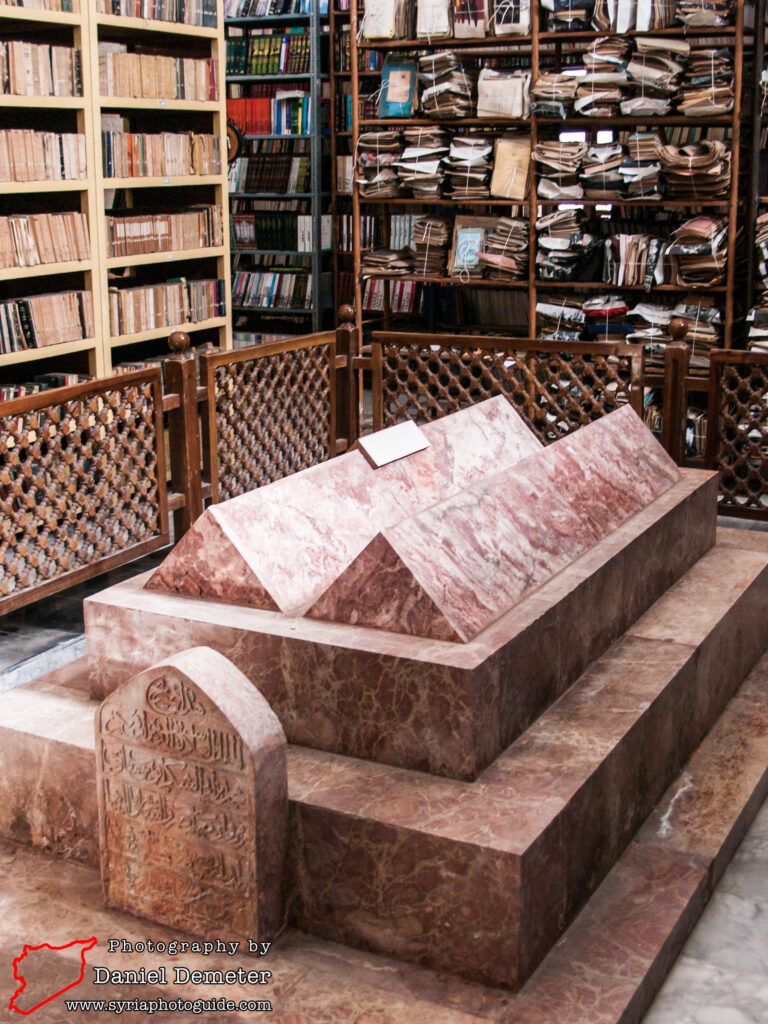
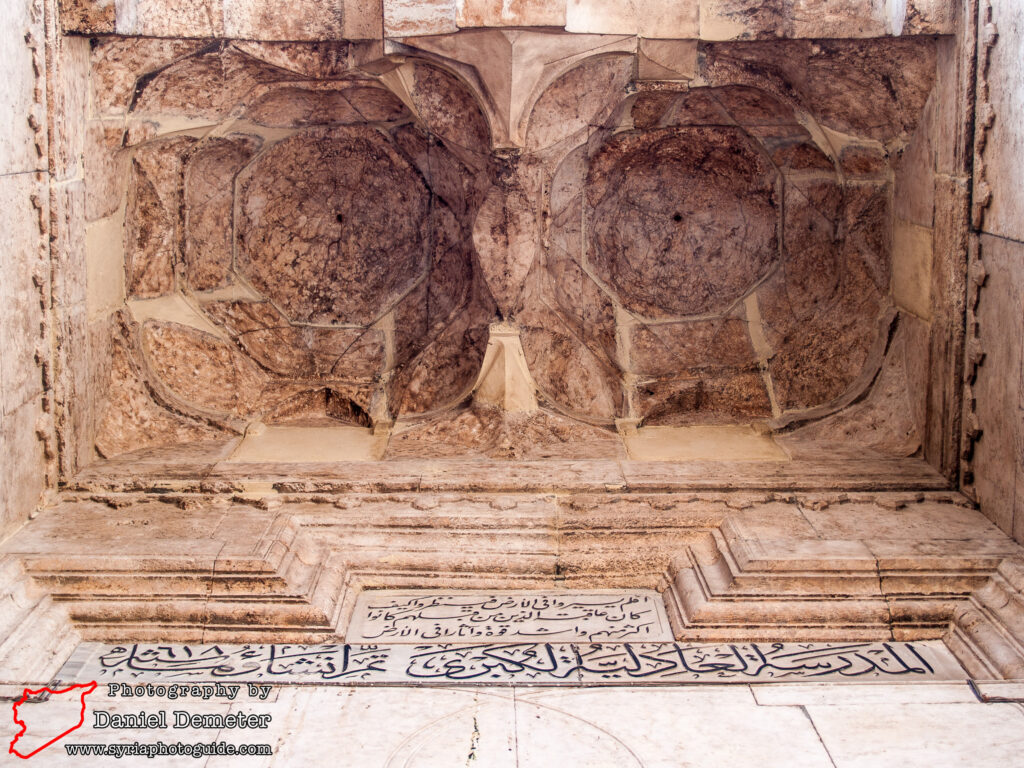
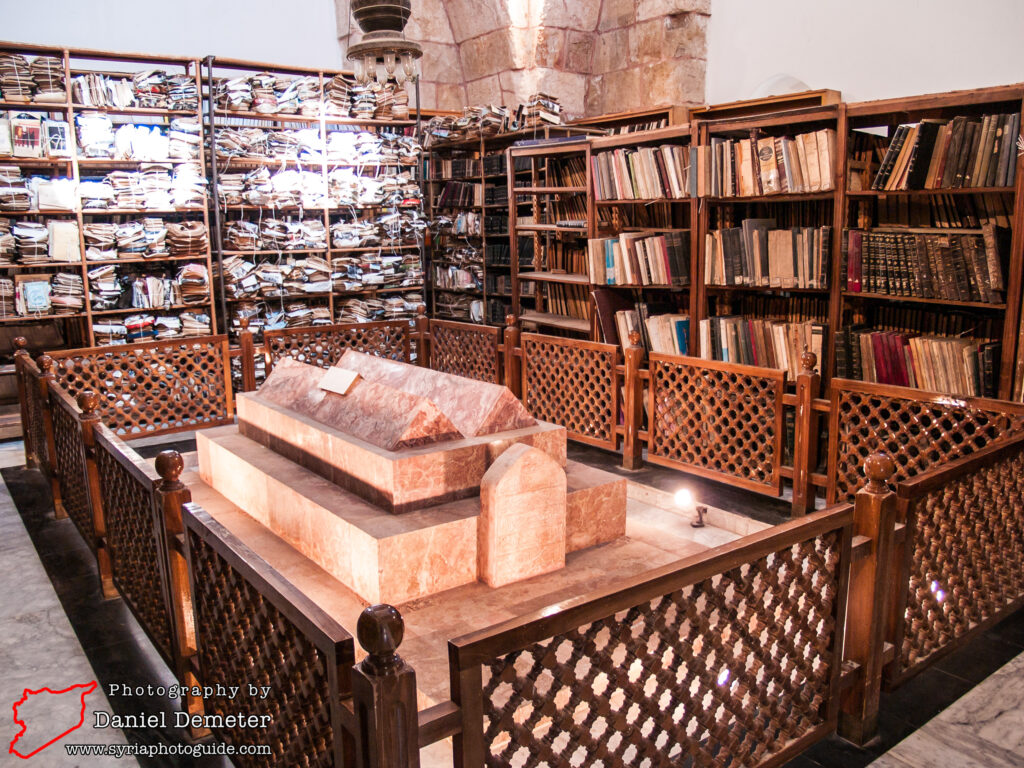
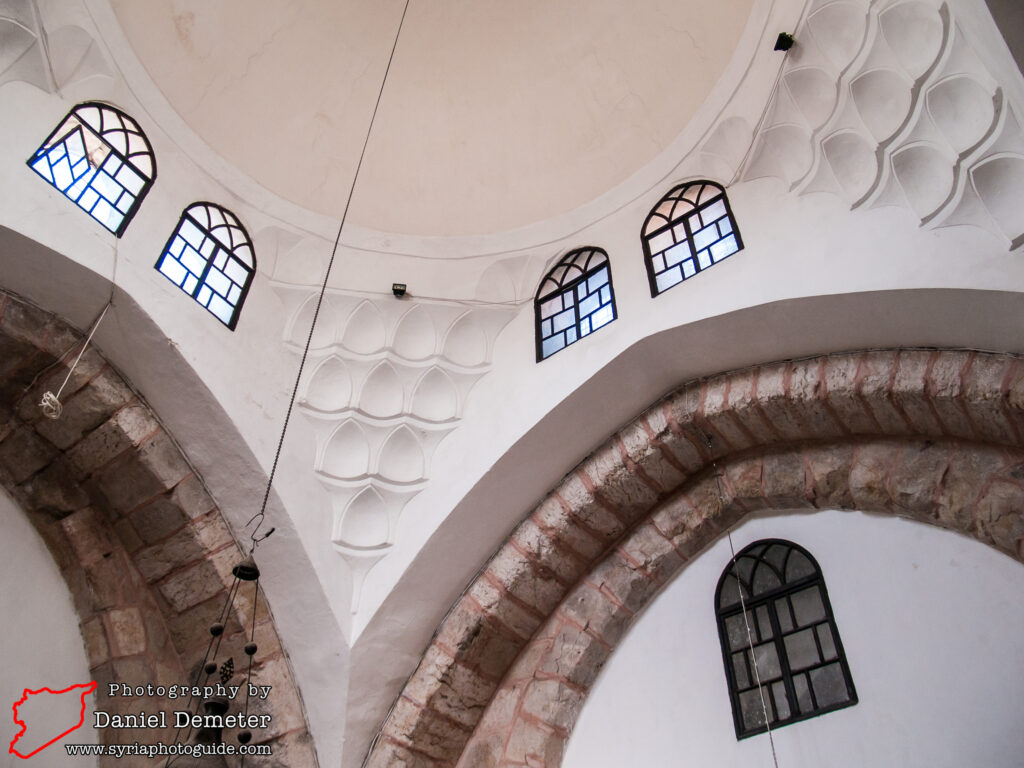
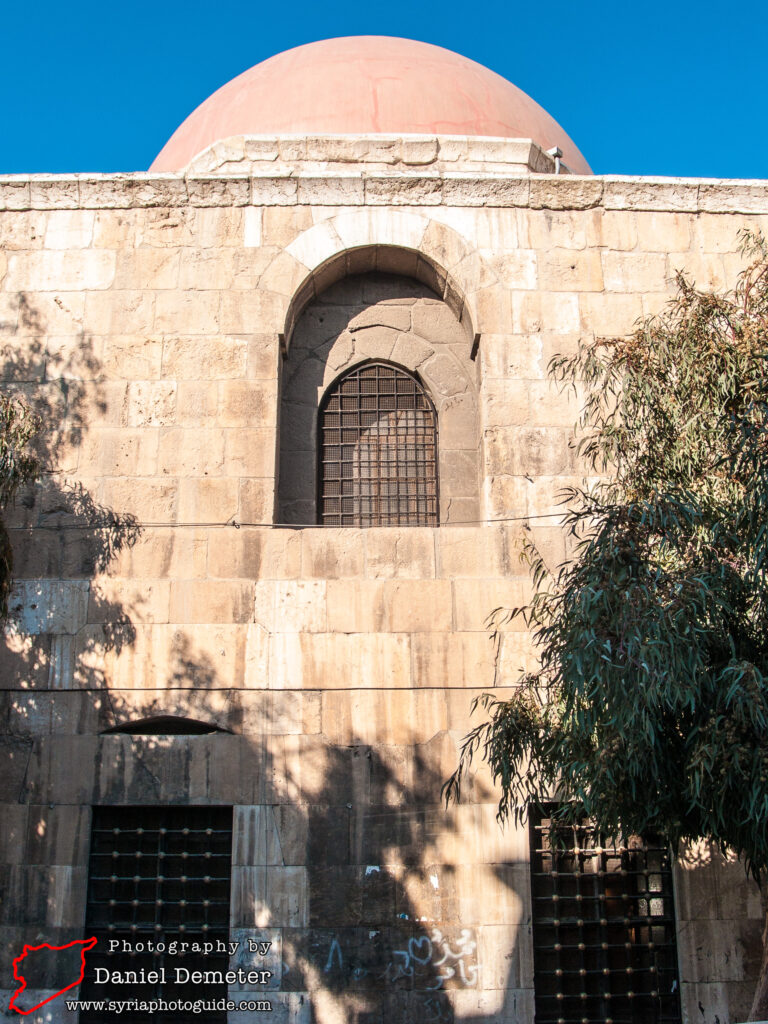
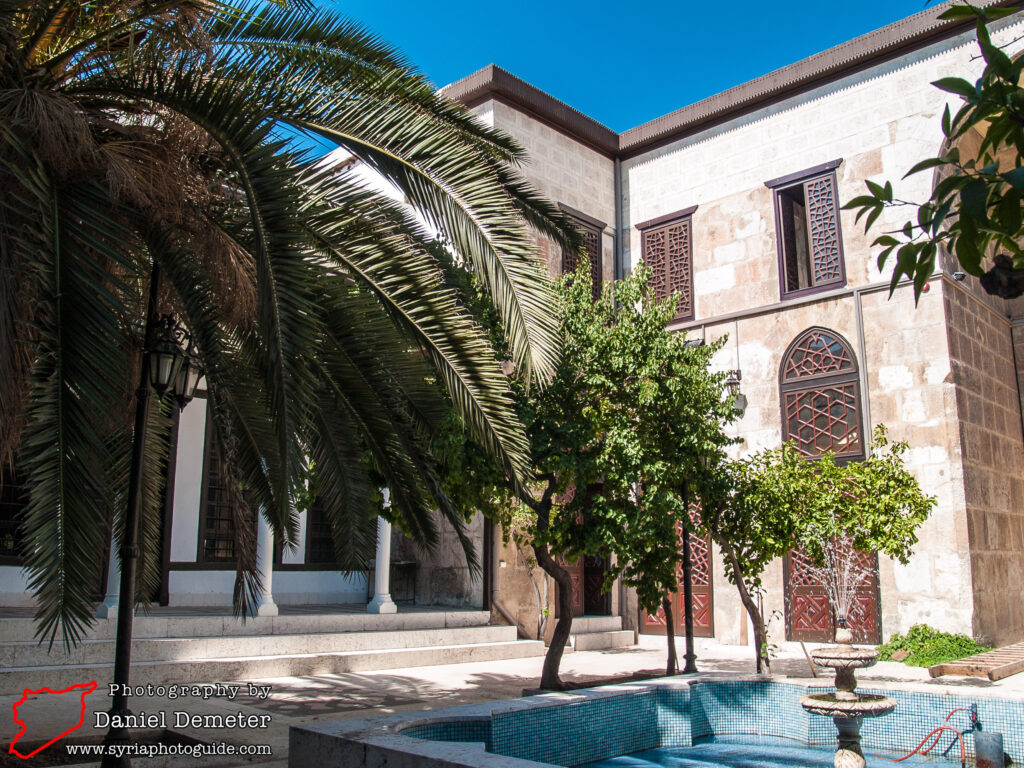
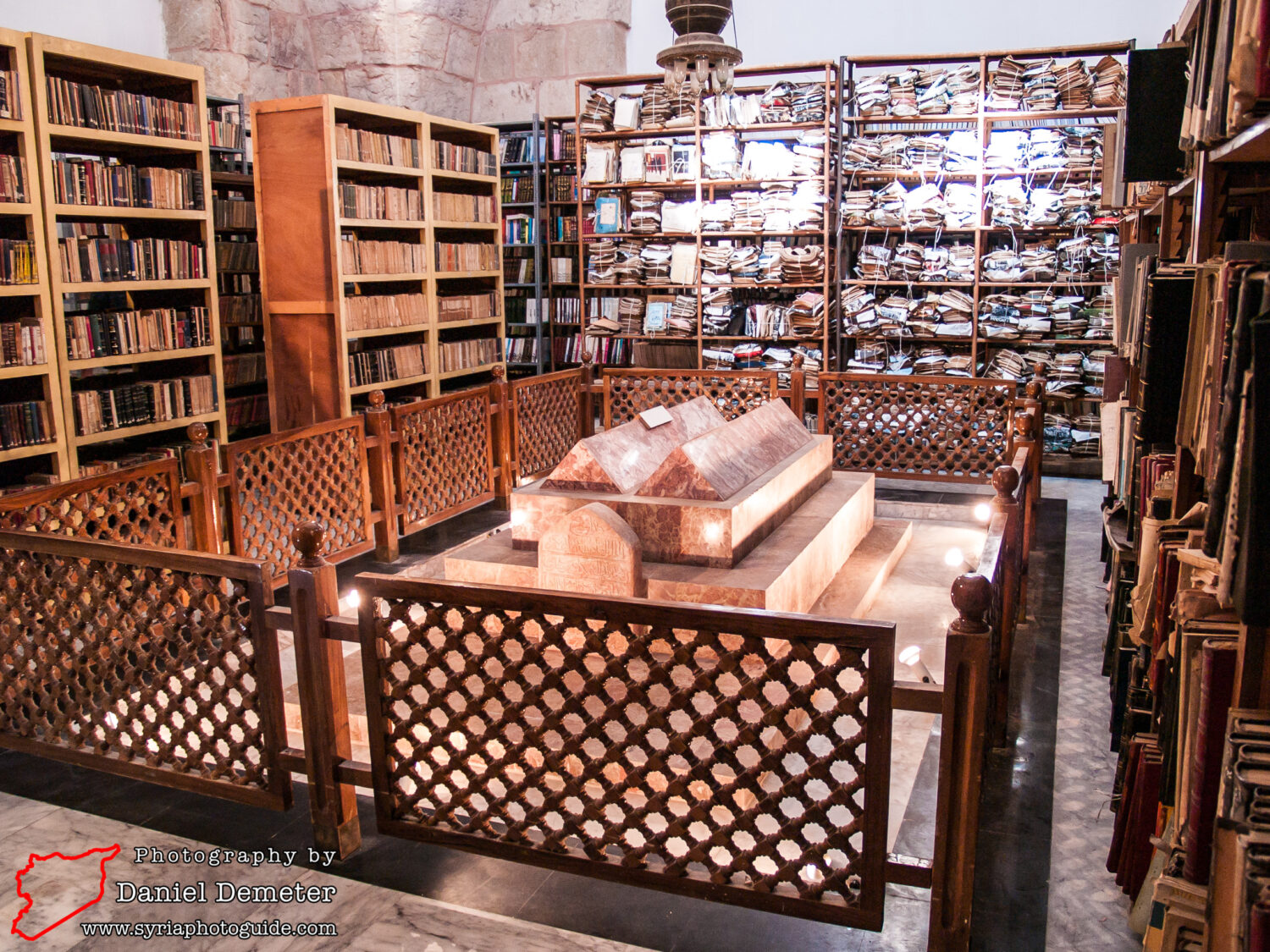
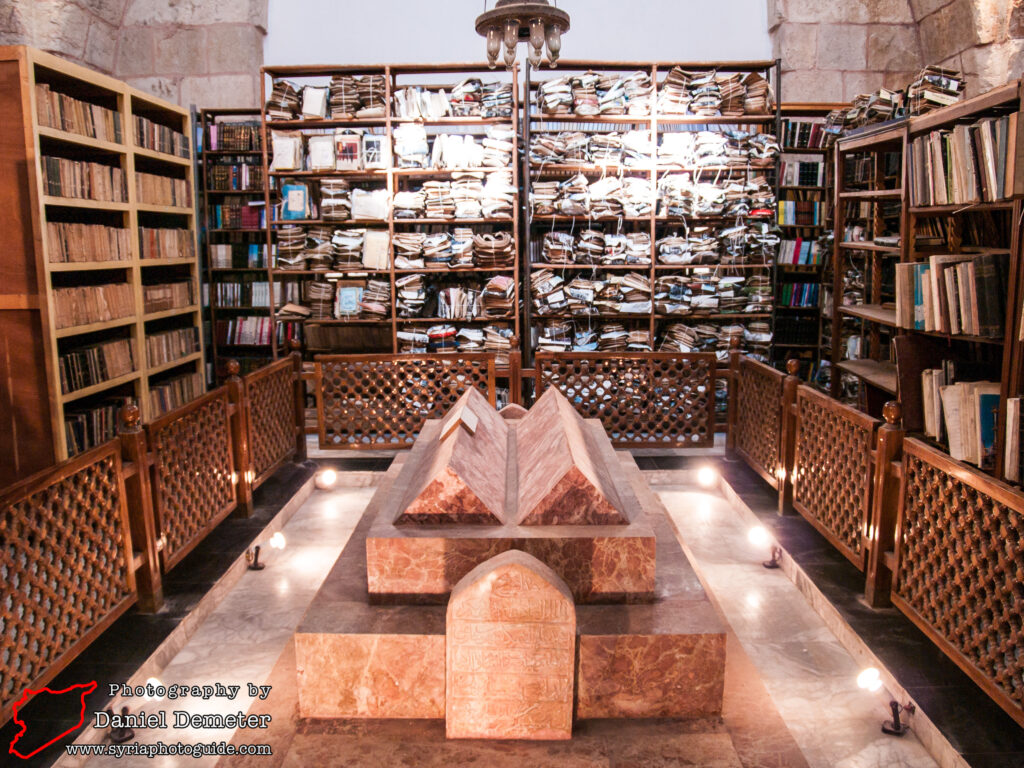
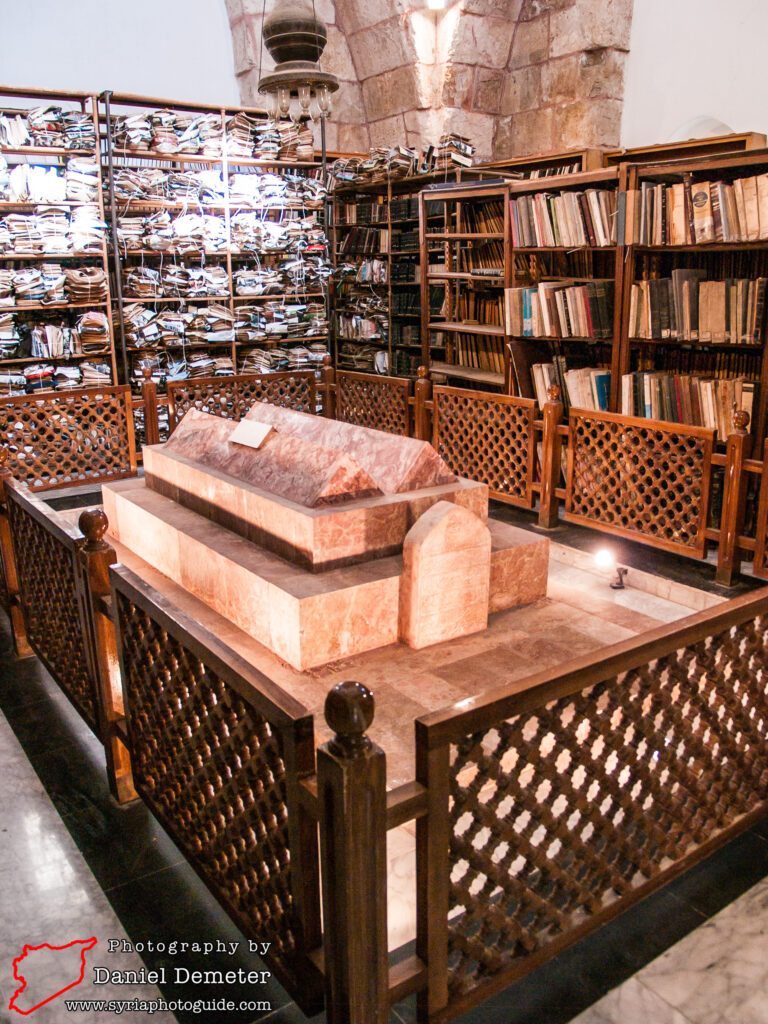
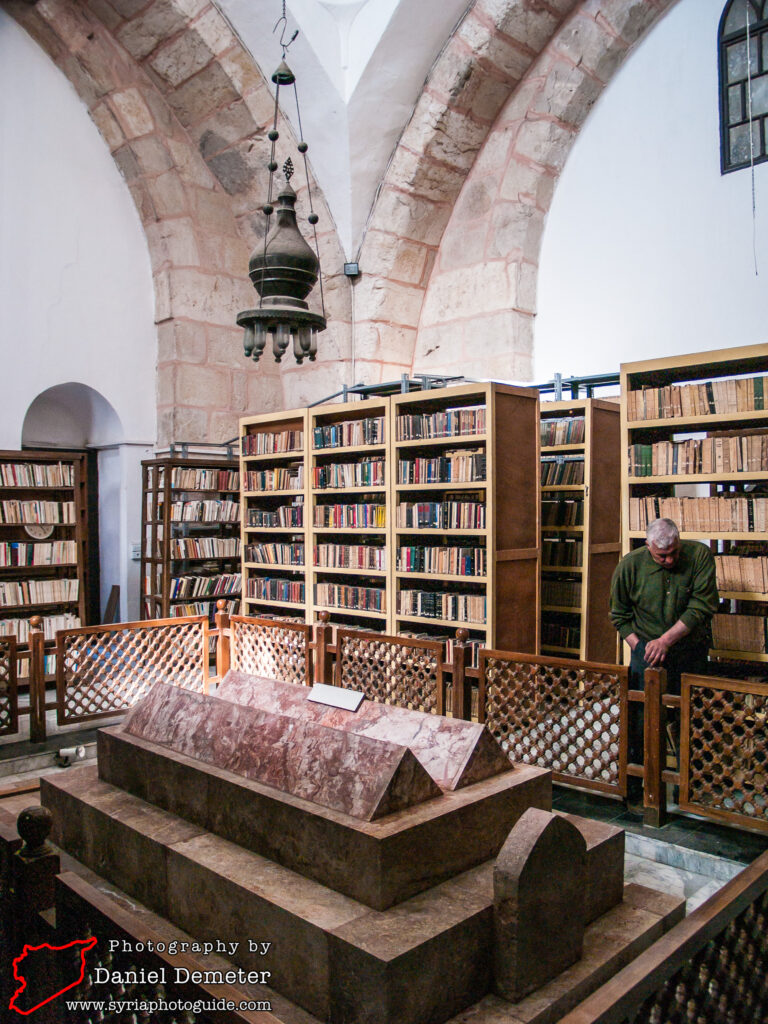
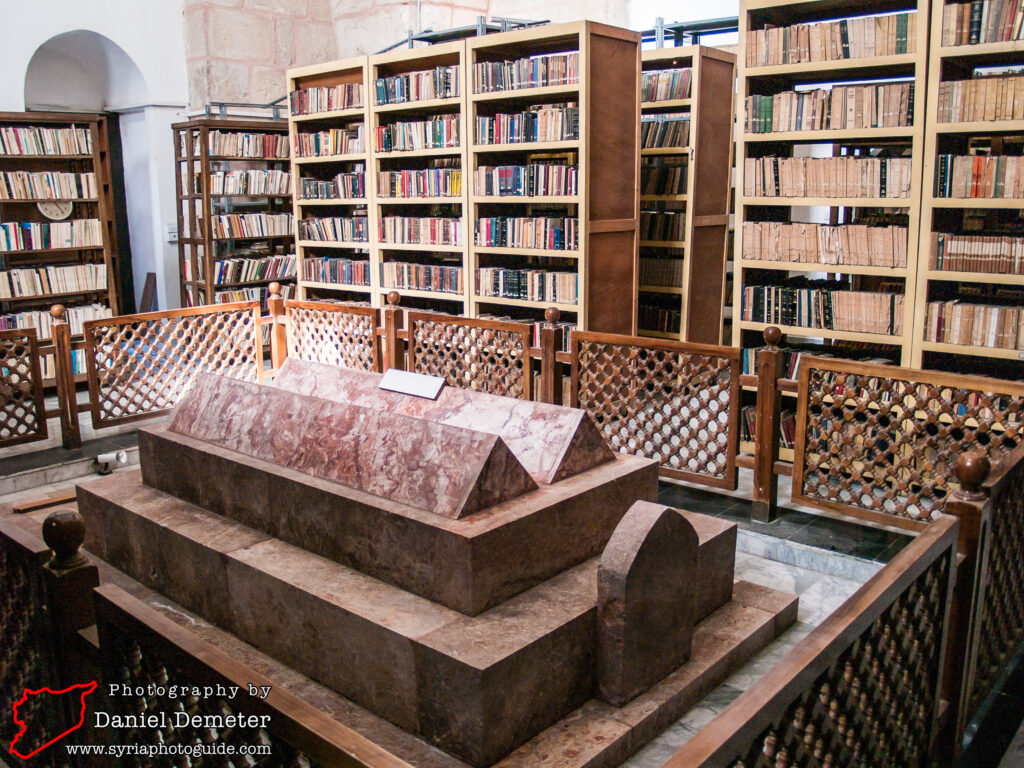
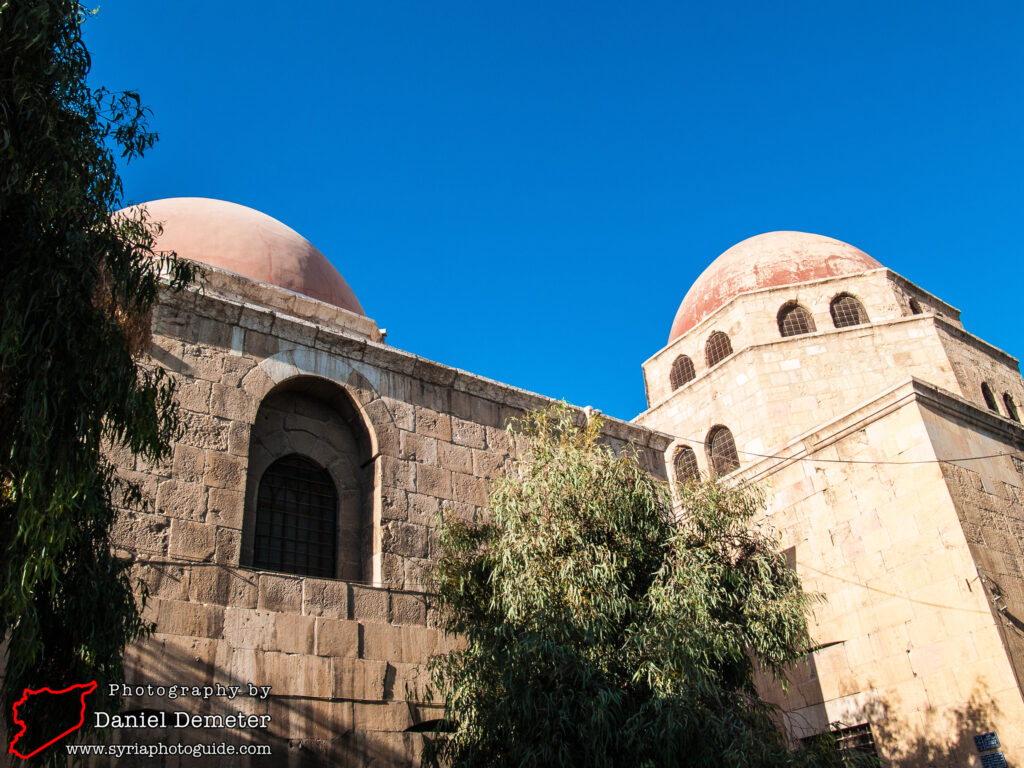
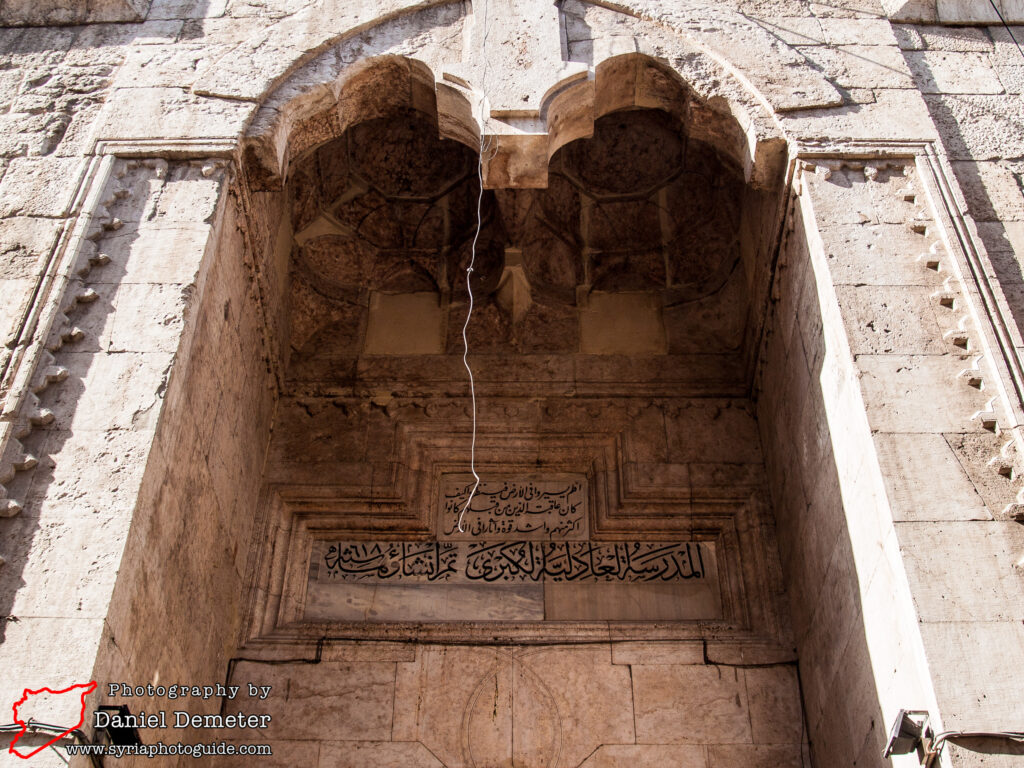
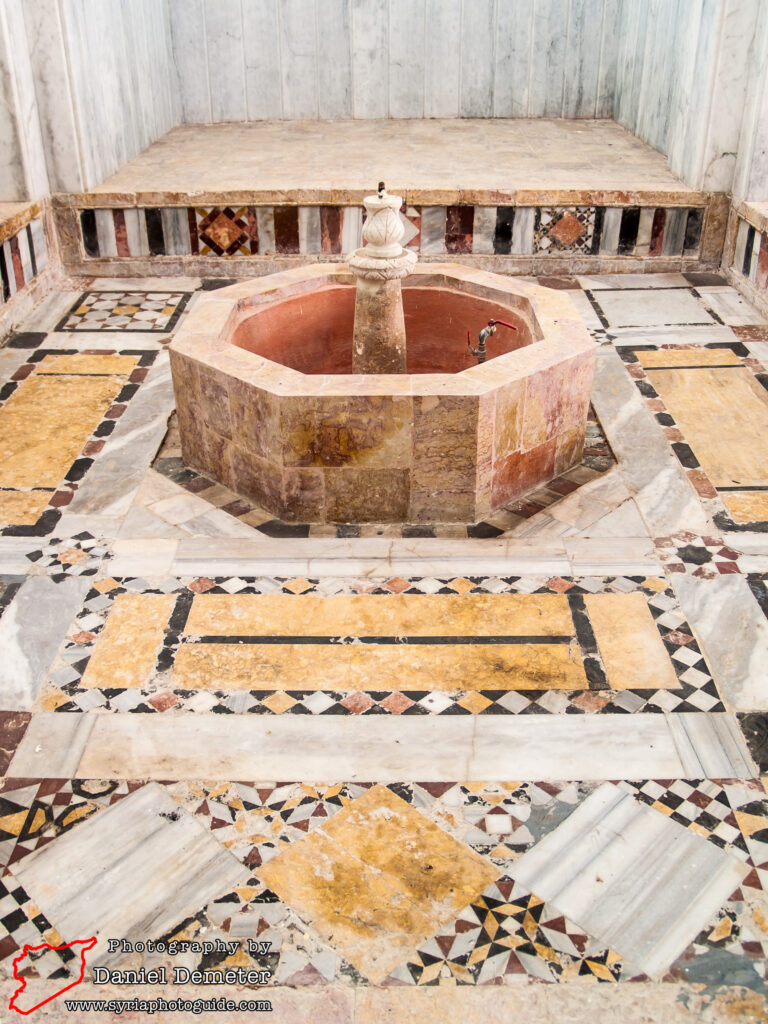
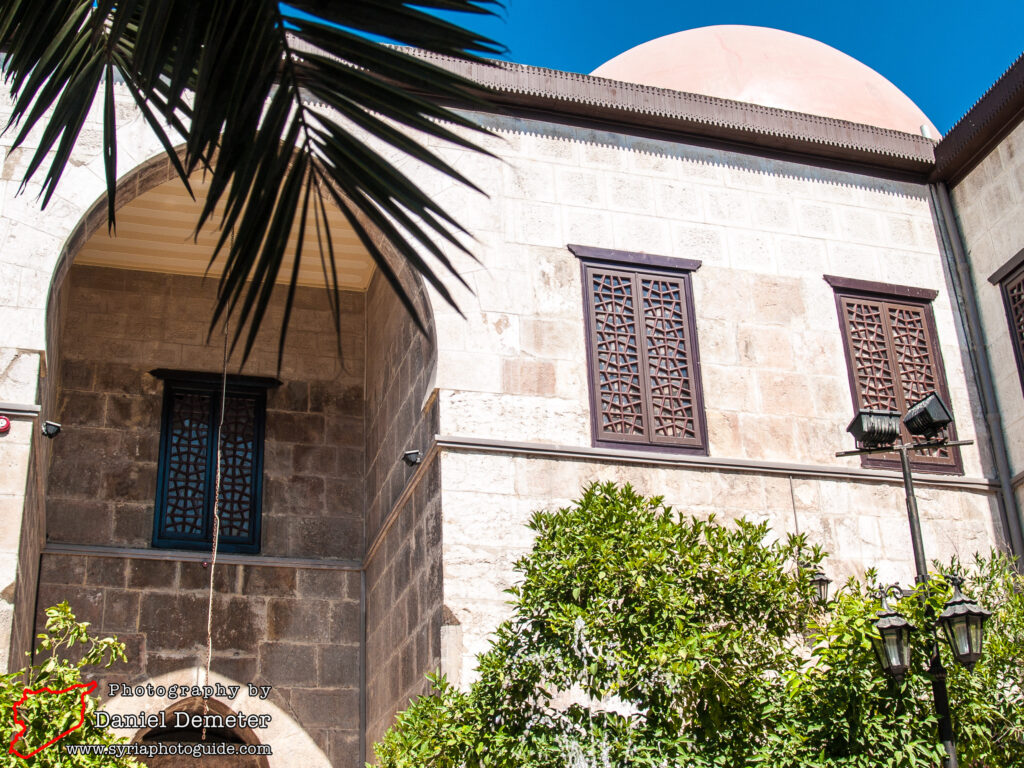
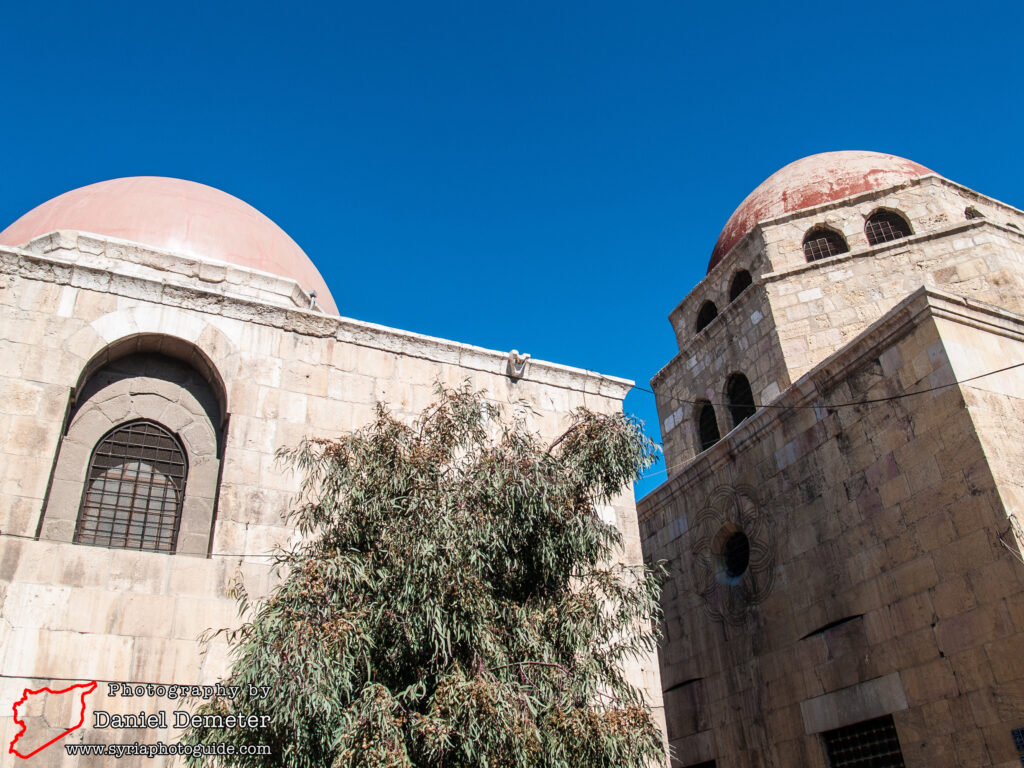
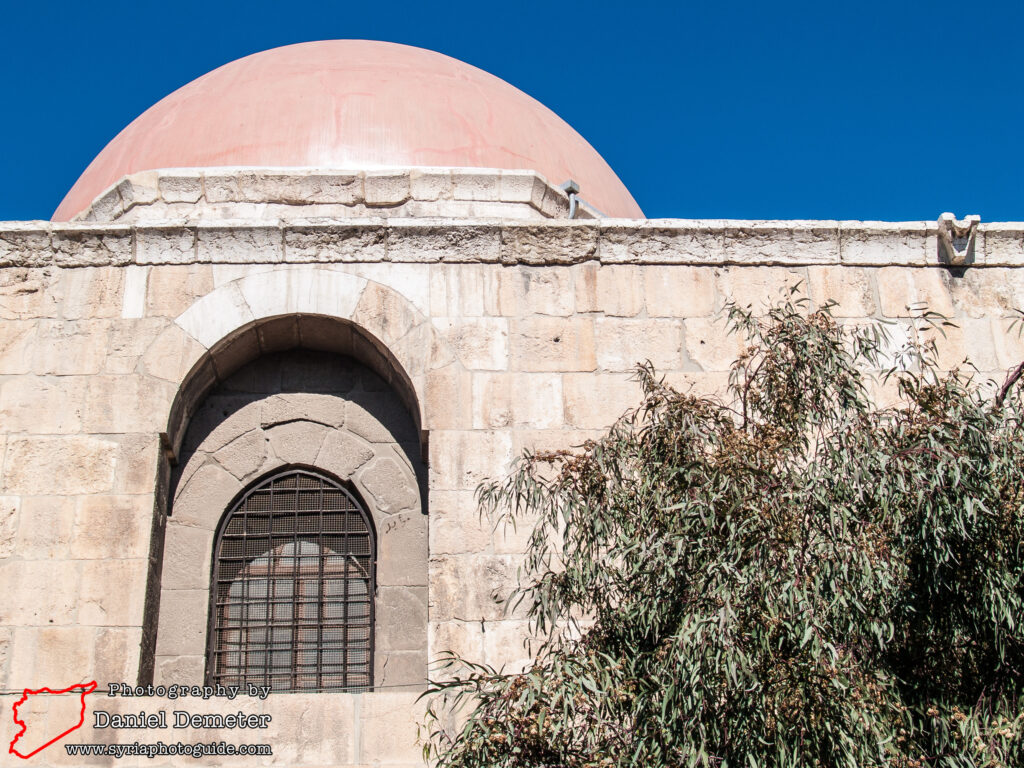
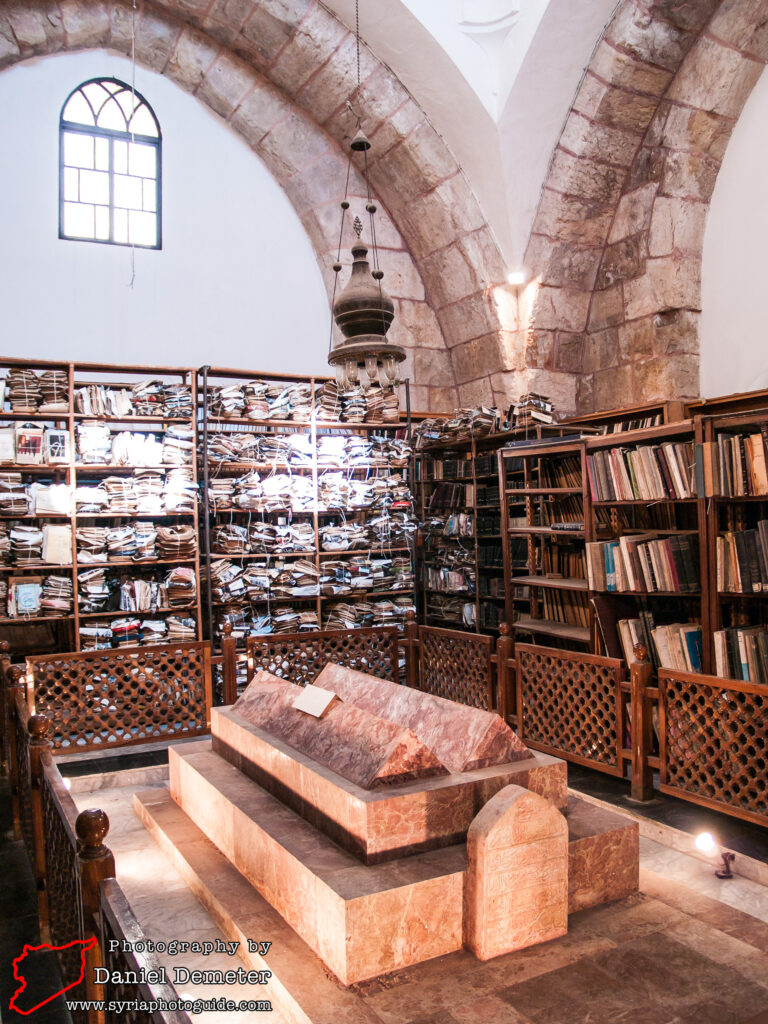
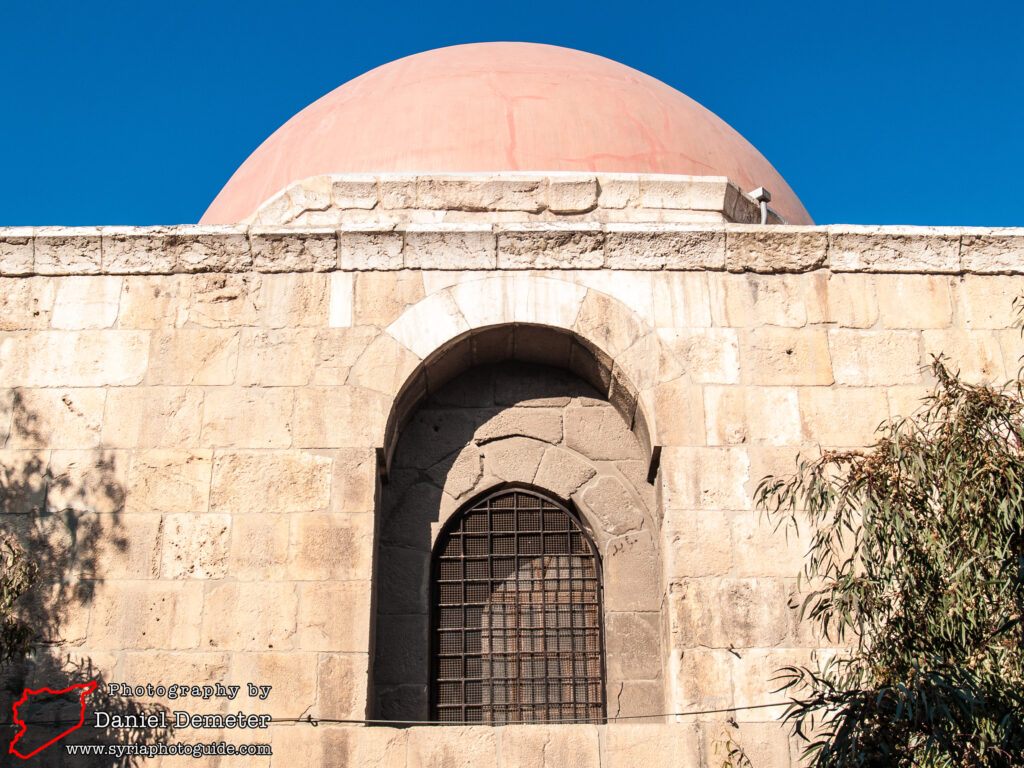
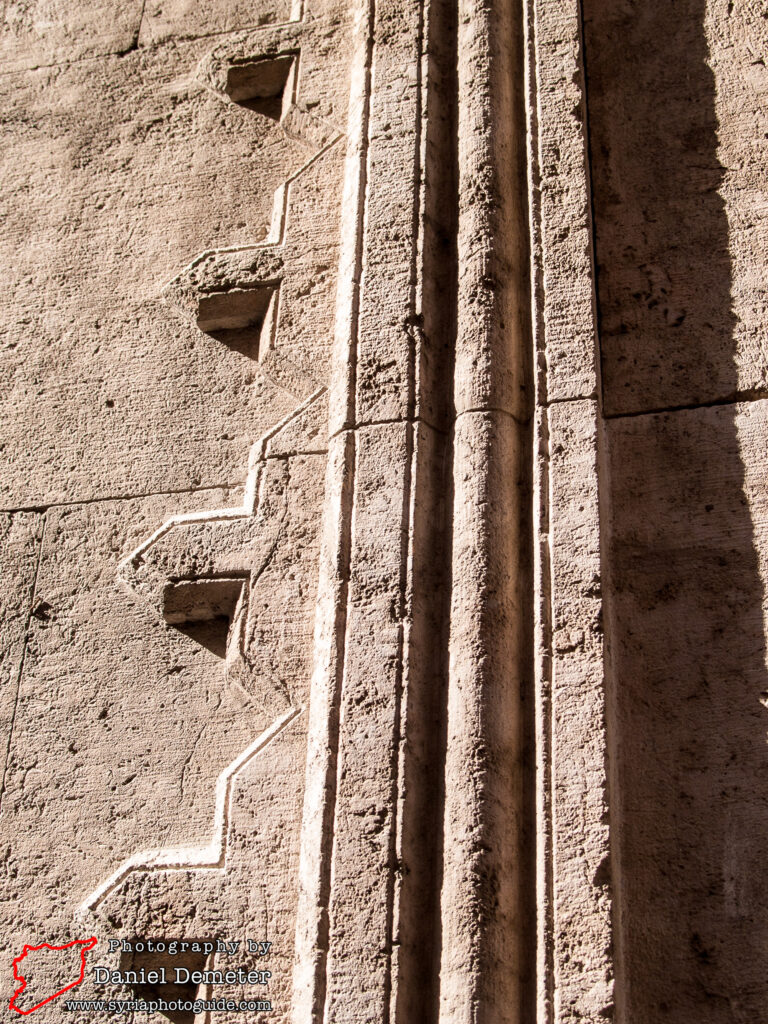
Getting There: al-Madrasa al-Aadiliyeh (المدرسة العادلية) is located in the old city of Damascus (دمشق), less than two hundred meters northwest of the Umayyad Mosque (الجامع الاموي) towards the Damascus Citadel (قلعة دمشق).
Coordinates: 33°30’45.00″N / 36°18’18.00″E
Transliteration Variants: al-Madrasa al-Aadaliyeh, al-Madrasa al-Aadaliye, al-Madrasa al-Aadaliyah, al-Madrasa al-Aadaliya, al-Madrasa al-Adaliyeh, al-Madrasa al-Adaliye, al-Madrasa al-Adaliyah, al-Madrasa al-Adaliya, al-Madrasa al-Aadiliye, al-Madrasa al-Aadiliyah, al-Madrasa al-Aadiliya, al-Madrasa al-Adiliyeh, al-Madrasa al-Adiliye, al-Madrasa al-Adiliyah, al-Madrasa al-Adiliya, al-Madrasa al-Aadeliyeh, al-Madrasa al-Aadeliye, al-Madrasa al-Aadeliyah, al-Madrasa al-Aadeliya, al-Madrasa al-Adeliyeh, al-Madrasa al-Adeliye, al-Madrasa al-Adeliyah, al-Madrasa al-Adeliya
Rating: 4.5 / 10
